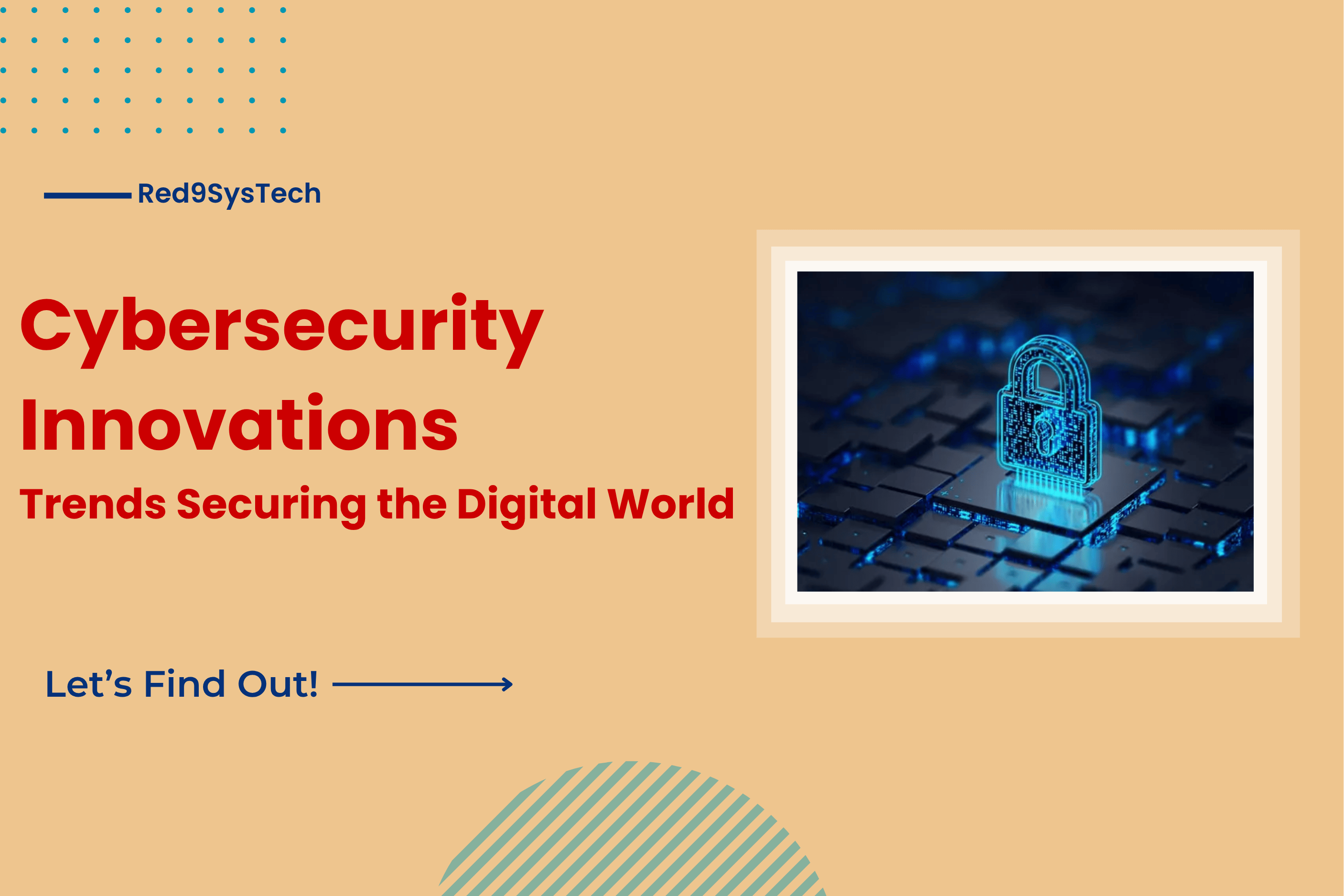6G Technology – The Future of Wireless Connectivity
As 5G networks expand worldwide, researchers are already developing 6G technology, which promises to unlock unprecedented speeds, enhanced connectivity, and futuristic applications. Expected to launch commercially by 2030, 6G will redefine digital transformation.
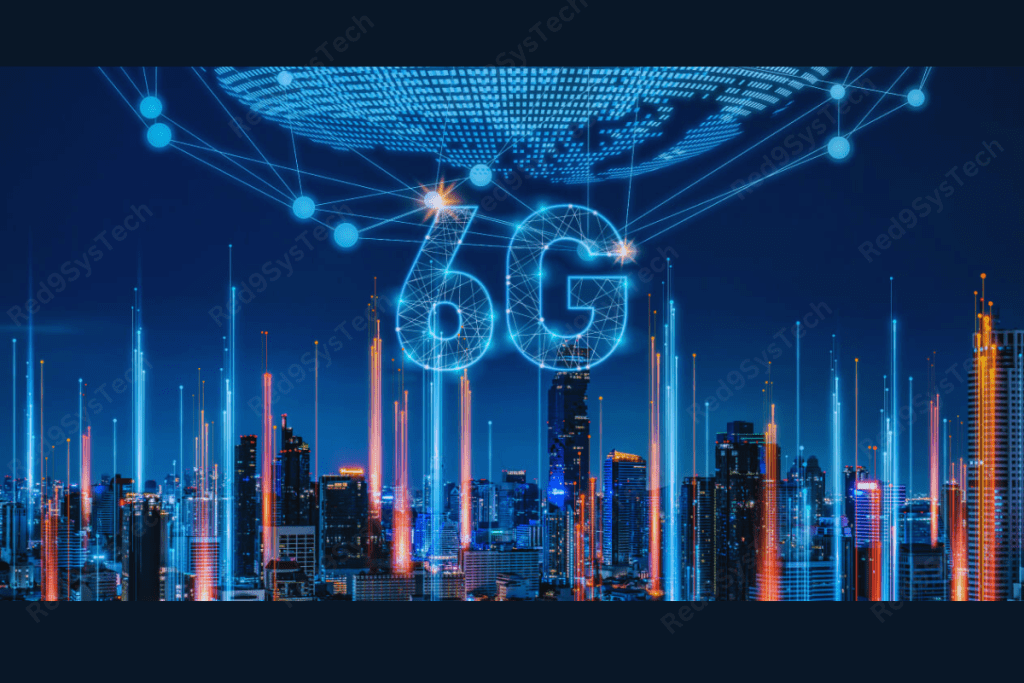
What is 6G Technology?
6G (Sixth Generation Technology) is the next evolution in wireless communication designed to deliver:
✅ Speeds up to 1 Terabit per second (Tbps)
✅ Near-zero latency (~1 millisecond)
✅ Enhanced connectivity for IoT devices, smart cities, and autonomous systems
✅ Integration of AI and edge computing for improved efficiency
Read more about 6G Technology (IEEE Insights)
Key Features of 6G Technology
1. Ultra-High Speed Data Transfer
- Achieves speeds up to 100x faster than 5G for seamless streaming, gaming, and real-time communication.
2. AI-Powered Networks
- Uses AI algorithms to automate network optimization, improving performance and security.
3. Terahertz (THz) Frequency Bands
- Operates between 300 GHz and 3 THz, enhancing data capacity and connectivity.
4. Enhanced Energy Efficiency
- Reduces power consumption with intelligent resource management.
5. Advanced Edge Computing
- Enables data processing directly at the device, improving response times.
Read more about 6G Technology
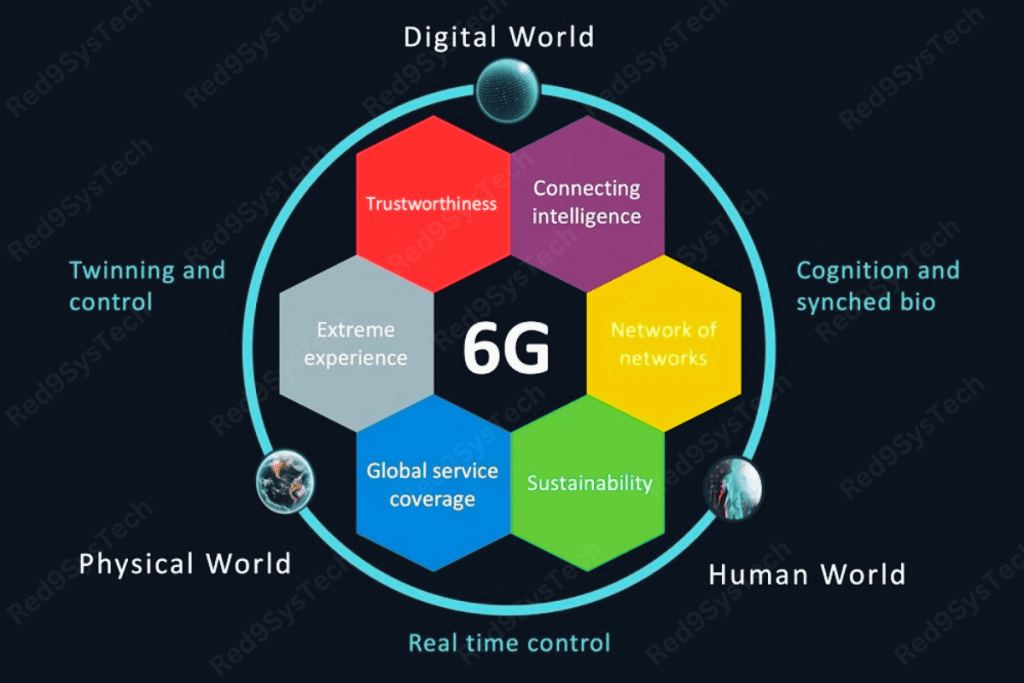
Benefits of 6G Technology
| Benefit | Description |
|---|---|
| Faster Data Speeds | Lightning-fast downloads and real-time data sharing |
| Improved Connectivity | Supports billions of IoT devices for smart cities |
| Enhanced Security | AI-driven threat detection for improved protection |
| Low Latency | Enables instant communication for critical applications |
| Immersive Experiences | Boosts AR/VR, holographic displays, and metaverse platforms |
Read more about the Benefits of 6G Technology
6G Technology Use Cases
1. Smart Cities 🏙️
- Real-time monitoring of traffic flow, pollution levels, and energy usage.
2. Autonomous Vehicles 🚗
- Enables vehicle-to-vehicle (V2V) communication for safe driving.
3. Healthcare 🏥
- Supports remote surgeries, telemedicine, and real-time health monitoring.
4. Metaverse & Extended Reality (XR) 🌐
- Delivers seamless, immersive digital environments with ultra-low latency.
5. Industrial Automation ⚙️
- Enables robotic automation and AI-driven manufacturing in smart factories.
Read more about 6G Technology
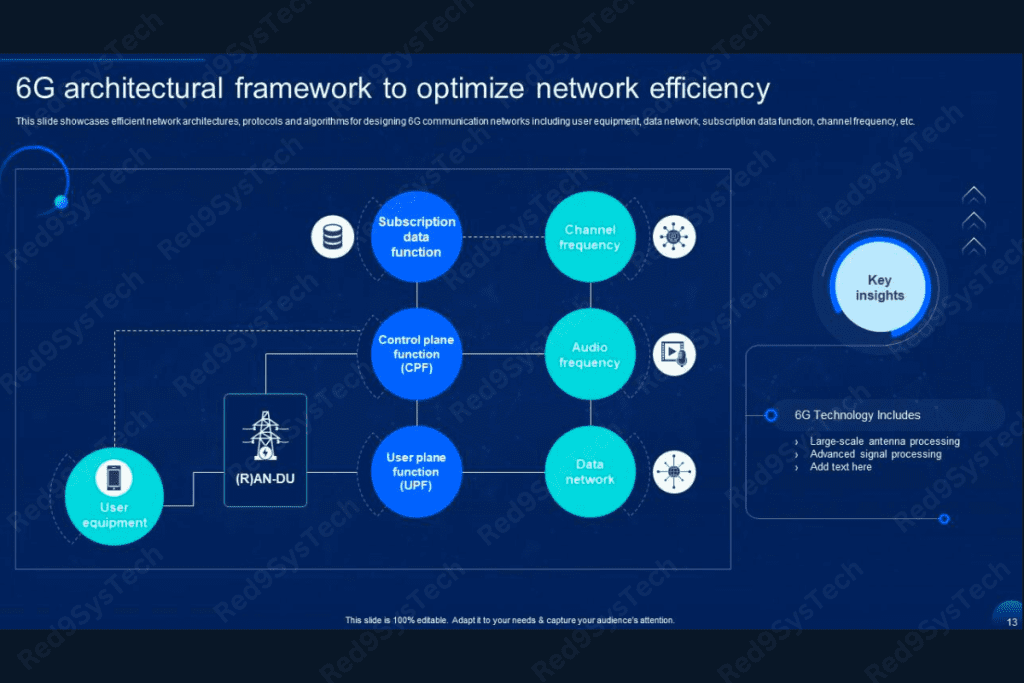
6G vs. 5G: Key Differences
| Feature | 5G Technology | 6G Technology |
|---|---|---|
| Speed | Up to 10 Gbps | Up to 1 Tbps |
| Latency | ~10 ms | ~1 ms |
| Frequency | mmWave (30-300 GHz) | THz Band (300 GHz – 3 THz) |
| AI Integration | Limited | Extensive AI-driven automation |
| Applications | IoT, Smart Homes | Smart Cities, Metaverse, Holograms |
Read more about the differences
Challenges in 6G Implementation
Infrastructure Expansion: Ultra-high frequency networks will demand a new wave of advanced towers, antennas, and communication hardware to ensure seamless coverage.
Cybersecurity Challenges: As wireless systems become more complex and intelligent, robust security frameworks must be implemented to protect data and prevent cyber threats.
Global Regulations: International collaboration will be essential to establish consistent spectrum policies and standards for next-generation wireless connectivity across borders.
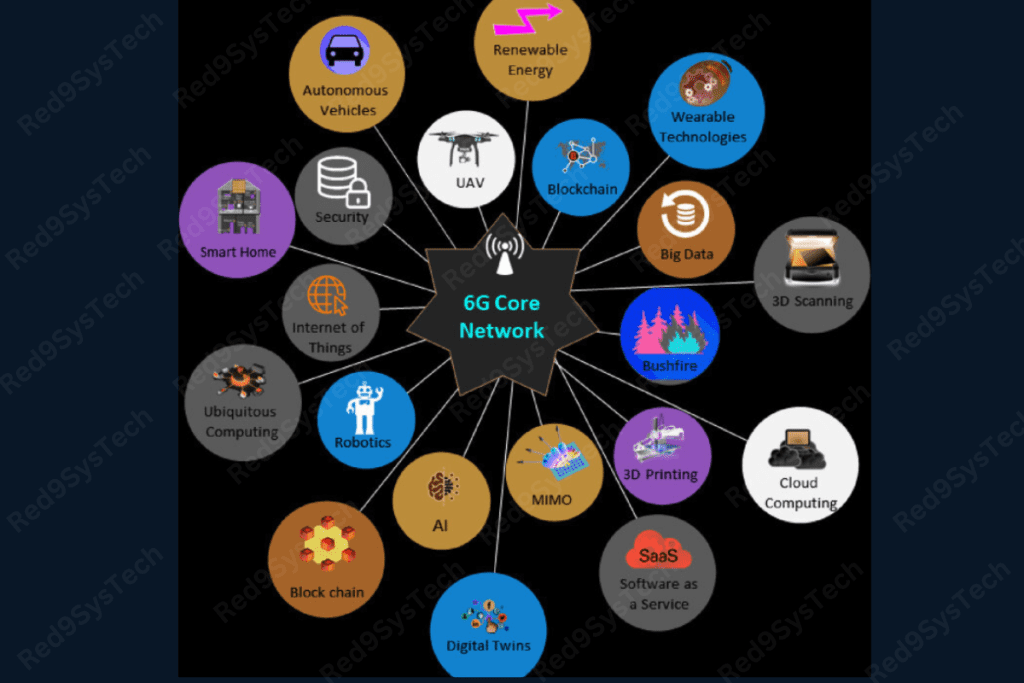
Conclusion
As next-generation wireless innovation takes shape, businesses and individuals must gear up for an era of ultra-fast connectivity. With speeds far beyond current standards, intelligent automation powered by AI, and cutting-edge infrastructure for smarter cities, this breakthrough is set to redefine how we live, work, and interact in a digitally connected world.
Read more about 6G Technology


